UUilliam
TPF Noob!
- Joined
- May 28, 2009
- Messages
- 1,717
- Reaction score
- 2
- Location
- Glasgow
- Can others edit my Photos
- Photos OK to edit
I finally captured the moon.. after about 8 exposures and some playing in photoshop (one exposure that was the closest with the best clarity)
I was using the Optek 500-1000mm with a Opteka x2 extender
But tbh.. it doesn't change the focal distance so i guess the lens is 500mm without the extender and 1000mm with the extender...
so i guess the image was taken at 1000mm (although i made exif say 500...)
+ a 1.6x crop sensor = 1160mm or 800mm
No idea what the aperture was... (it is a ring thingie i just opened it full... no idea what it is...
Support:
A £30 tripod... that was rubbish, anytime i locked the head in place, let the camera go, it then decided to fall a bit (so the moon wasnt in the view)
so put my thinkin cap on and used my monopod on my camera as a 4th leg to keep the camera at w/e height i set it at... still took allot of work...
anyways here ya go...

I was using the Optek 500-1000mm with a Opteka x2 extender
But tbh.. it doesn't change the focal distance so i guess the lens is 500mm without the extender and 1000mm with the extender...
so i guess the image was taken at 1000mm (although i made exif say 500...)
+ a 1.6x crop sensor = 1160mm or 800mm
No idea what the aperture was... (it is a ring thingie i just opened it full... no idea what it is...
Support:
A £30 tripod... that was rubbish, anytime i locked the head in place, let the camera go, it then decided to fall a bit (so the moon wasnt in the view)
so put my thinkin cap on and used my monopod on my camera as a 4th leg to keep the camera at w/e height i set it at... still took allot of work...
anyways here ya go...






![[No title]](/data/xfmg/thumbnail/31/31091-00a77a1c08cddcf7dc236d9317f868d2.jpg?1619734607)
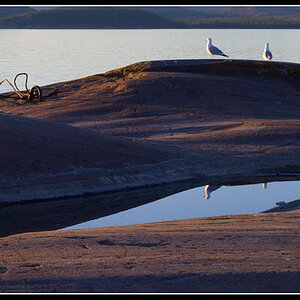
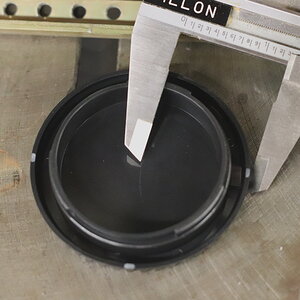
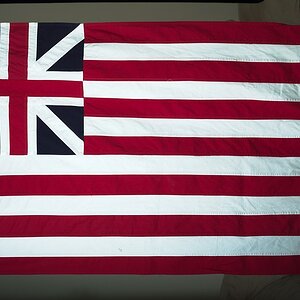
![[No title]](/data/xfmg/thumbnail/31/31093-5a5bf042a168153ccffbce7a66501050.jpg?1619734610)
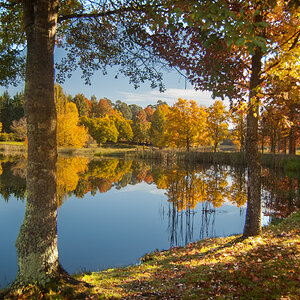
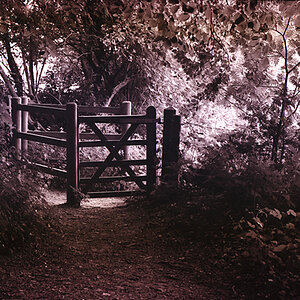
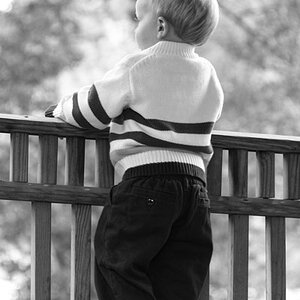
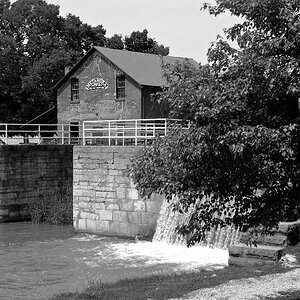
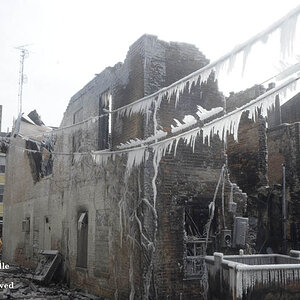
![[No title]](/data/xfmg/thumbnail/39/39476-6e232ea205145ad1a1da0690d7617642.jpg?1619739045)
![[No title]](/data/xfmg/thumbnail/39/39478-0db485f4efaffd784bfa5cc75ff7502f.jpg?1619739046)